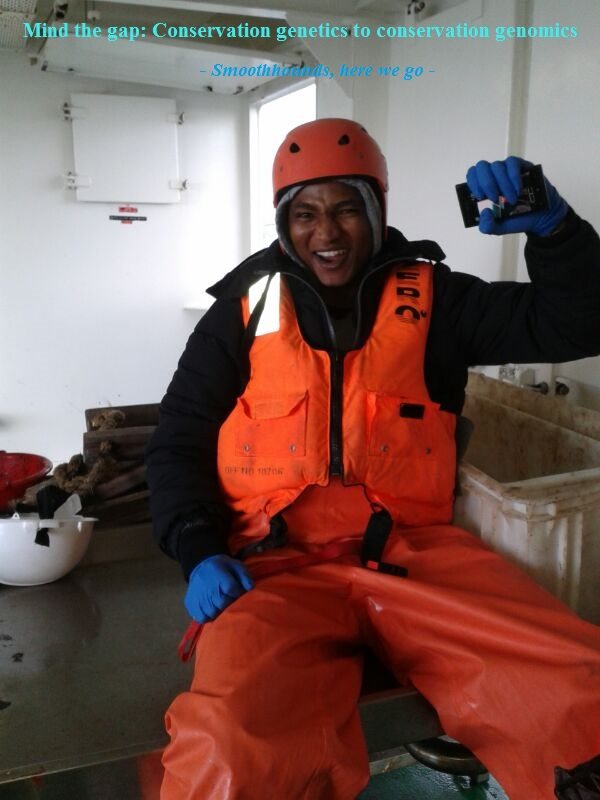Conservation genetics to genomics: is there a baby in the bath water?
In my previous blog I wrote about myself and the first project of my dissertation. This time around I would like to tell you about my passion, the research field of conservation genetics – an applied science involving the application of evolutionary and molecular genetics to biodiversity conservation – and its transition to conservation genomics.
Since its foundation in the late 1970s, conservation genetics has facilitated empirical insights into
- resolving taxonomic uncertainties;
- defining evolutionarily diverged units for separate management within species;
- genetic management to minimise inbreeding and the loss of genetic diversity in populations, as well as the risk of species’ extinctions in the wild;
- obtaining information important to the conservation of species (sex, population size, demographic history, mating system, population structure, gene flow, parentage, diet, diseases); and
- wildlife forensics through the development of molecular tools.

© Photo by Science Photo | Shutterstock
Conservation genomics is a new discipline that has arisen with the advent of next-generation sequencing technologies, which enable the sequencing of whole genomes to provide higher precision estimates of many parameters that are of importance to conservation. Conservation genomics depends on the simultaneous genotyping of many markers (thousands) covering the entire genome rather than using 6–20 markers, as is routine in conservation genetics. It provides realistic opportunities for detecting loci subject to natural selection, and even for identifying loci involved in speciation.
However, the transition from conservation genetics to conservation genomics is characterised by unresolved conceptual debates as to where genetics and genomics sit in relation to their application in the conservation of species. Rather than throwing the baby out with the bath water, conservation geneticists sought to understand why we should generate so much data when simple Sanger sequencing methods and downstream analyses may provide the information we need for conservation.

© Photo by Simo Maduna
With my dissertation I enter the fray, using the common smoothhound shark as a candidate species, to shed some light on these questions by comparing the results of a population genetics study (my thesis) with those of a population genomics study (my dissertation). As far as I am able to judge (without any data), the appropriate answer to the latter question is that we are still uncertain which parts of the genome are important for principal evolutionary processes like speciation and adaptation to local conditions – and hence species’ ability to survive in a changing environment. Therefore, taking a genomics approach will enable us to scan the genome and identify which regions are selectively neutral and which are most likely to be affected by selection.
